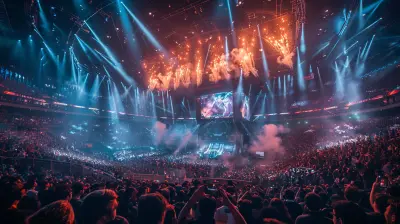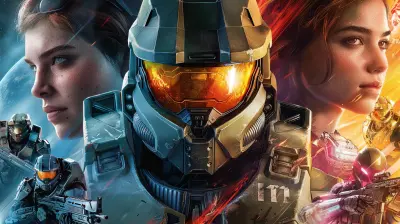Fusing Cultures: How Global Music Is Influencing Game Scores
5 November 2025
When we think of video games, our brains often jump to fast-paced action, immersive graphics, or compelling storylines. But what about the music? That unsung hero (pun intended) that binds the entire experience together. If you've ever felt goosebumps during a boss battle or had your mood elevated in a lush open-world environment, chances are the game’s score had a significant hand in that. And recently, there’s been a fascinating trend: the fusion of global music traditions into game scores.
This evolution in gaming soundtracks is more than just a passing phase. It’s a bold, creative movement where music from different cultures collides in ways we’ve never seen (or heard!) before. Let’s break it down and see how these cross-cultural soundscapes are making games more innovative, immersive, and emotionally evocative than ever. 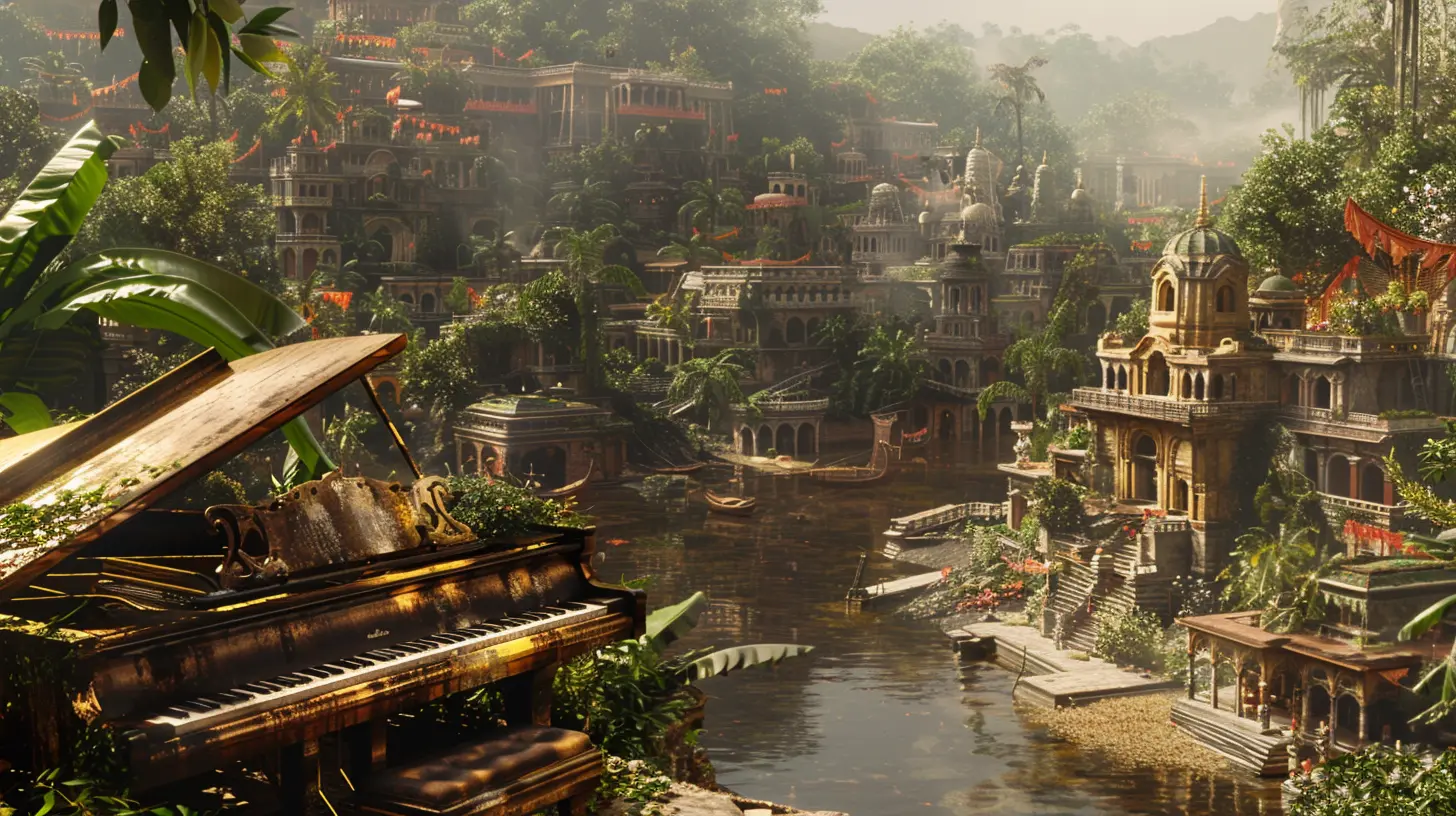
A Symphony of Cultures
Have you ever noticed how some game soundtracks seem to transport you to an entirely different world? That’s no accident. In modern game design, developers are leaning heavily into global musical influences to paint the perfect audio landscape. From the deep, earthy resonance of African drums to the mystical swells of a Japanese shamisen, cultural music is shaping how we emotionally connect to games.For instance, titles like Ghost of Tsushima didn’t just create a feudal Japan-themed adventure—they brought the spirit of Japanese culture to life through its music. By using traditional instruments like the koto and taiko drums, the game’s score feels authentic and deeply tied to its historical setting. It’s a good example of how music doesn’t just set the vibe; it immerses players in an entirely new cultural dimension. 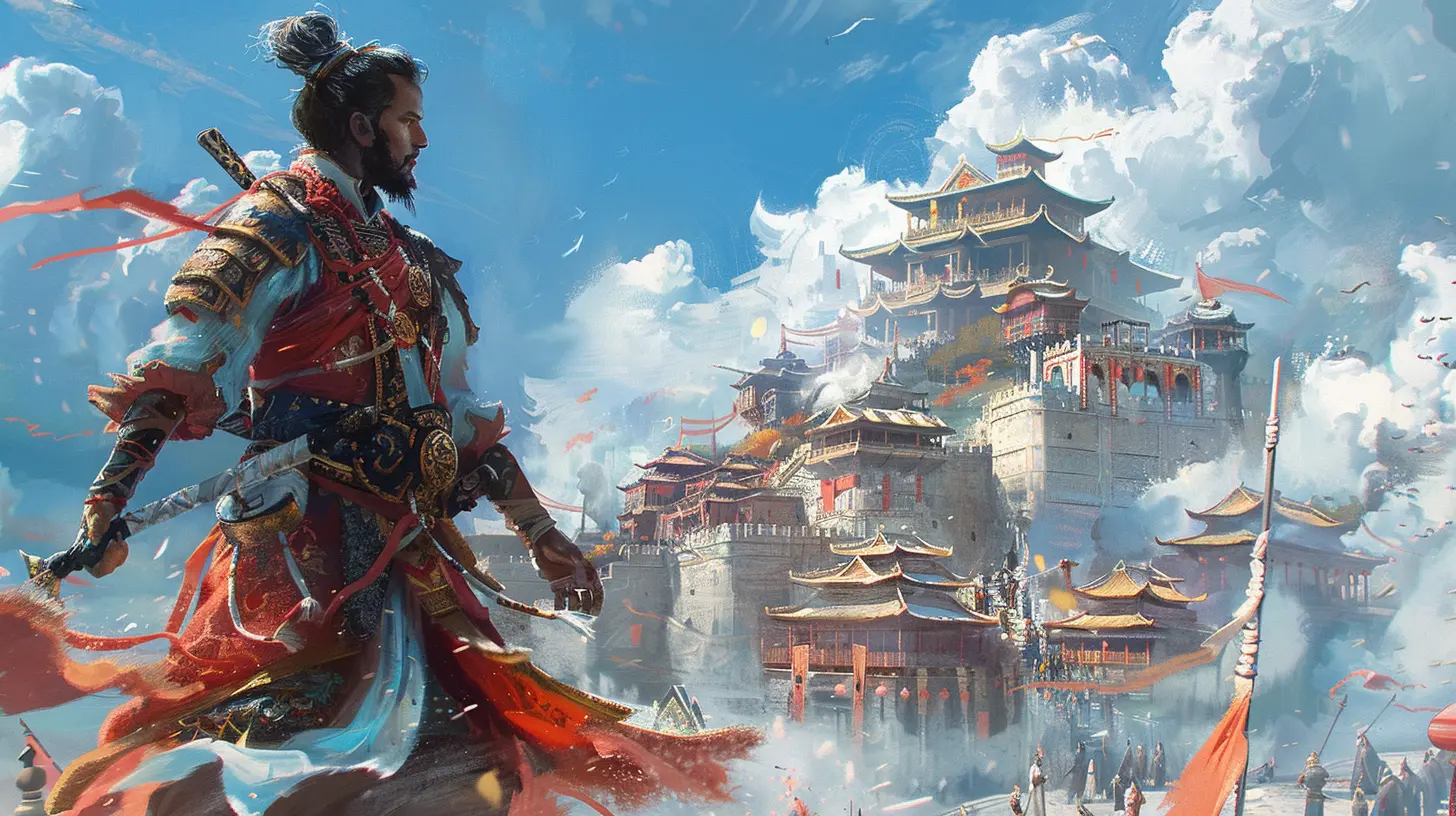
Breaking Through the Cookie-Cutter Mold
Let’s face it—video game scores used to be formulaic. A lot of older games relied on generic orchestral scores or synthesized beats to set the mood. Sure, they were catchy, but they rarely stepped outside the box. Nowadays, though? Things are changing. Game developers are waking up to the fact that gamers crave something fresh, something unique.Global music provides that breath of fresh air. Want to create an unpredictable, otherworldly soundscape? Borrow from the scales and rhythms of Indian classical music. Need something primal and intense? Tribal beats from South America or Africa can do the trick. It’s like mixing spices into a dish—different ingredients open up a whole world of new flavors.
Take The Witcher 3: Wild Hunt, for example. Its soundtrack blends Slavic folk music elements with medieval European instruments. The result? A soundscape that feels raw, earthy, and perfectly aligned with its dark fantasy world. It’s not just music; it’s world-building. 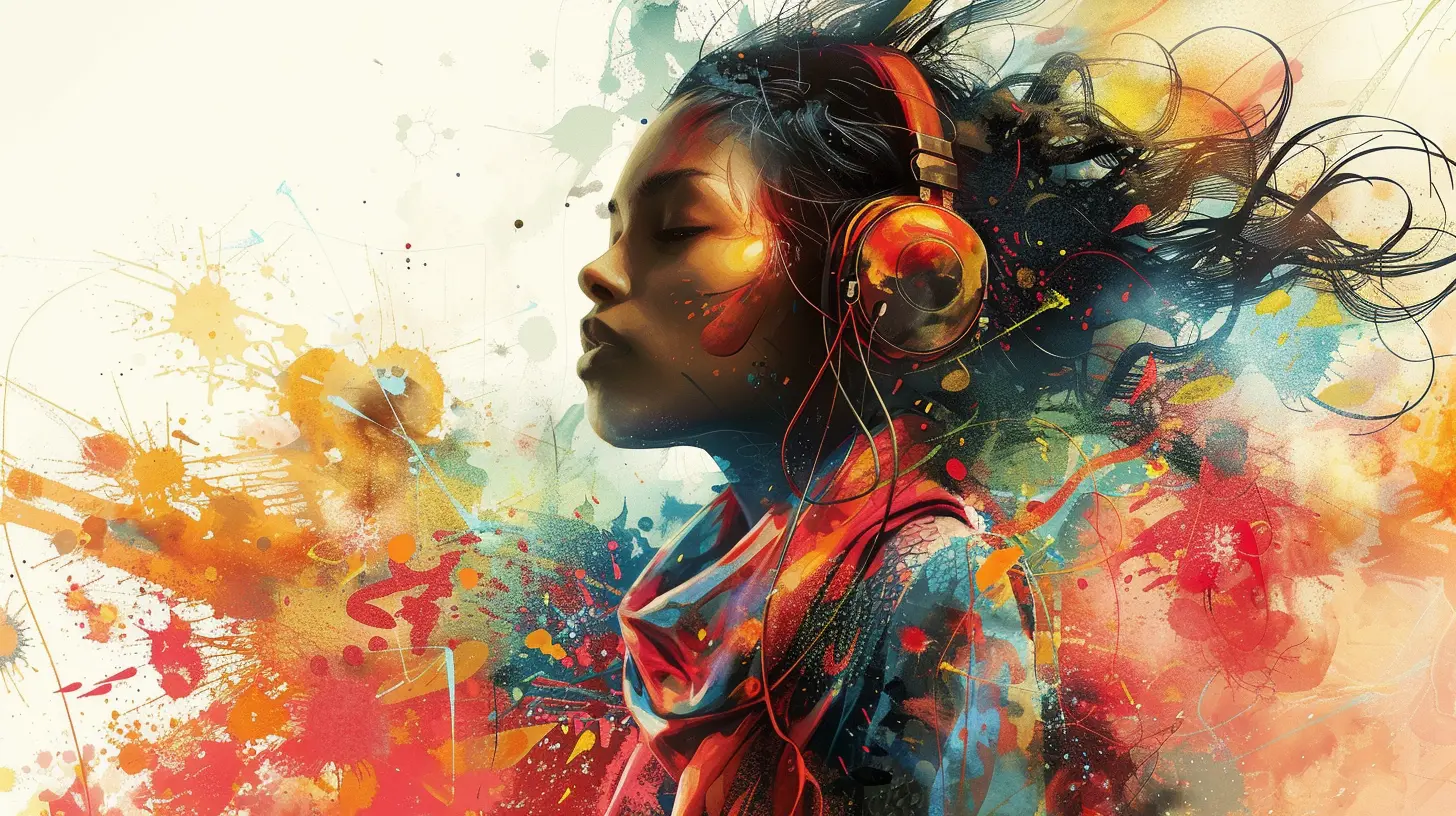
Why Global Music Resonates with Gamers
Why does cultural music strike such a chord with players? Because it feels real. Authenticity has this magical way of connecting us to the experiences on-screen. When you hear an instrument you’re not used to, it commands your attention. It immerses you into a world that feels distinct and layered.But there’s more to it than just novelty. Global music often carries emotional weight—it’s steeped in the histories and traditions of the cultures it comes from. When this is layered into a game score, it creates narratives that feel richer and more profound.
Think about The Legend of Zelda: Breath of the Wild. Parts of its soundtrack are sparse, using scales and tones that feel vaguely East Asian. This minimalist approach allows the player to feel the vastness of the game’s world, while nodding to cultural influences without being overly heavy-handed. 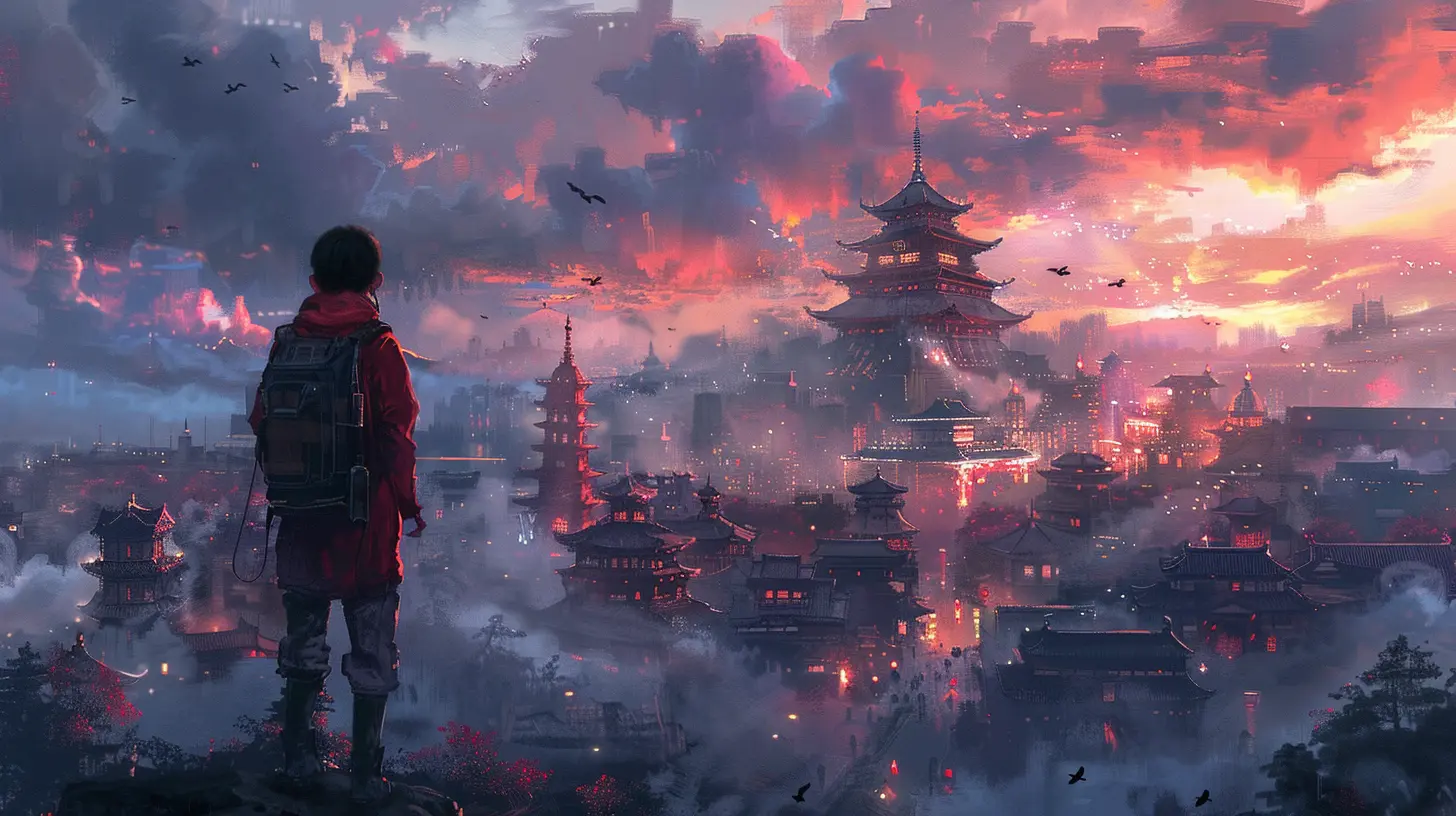
How Technology Is Elevating the Fusion
Here’s where things get really interesting: technology. Advancements in audio recording and production have made it easier than ever for composers to incorporate global music into their work. No longer limited to what’s locally available, they can collaborate with musicians from around the world or use highly accurate digital recreations of traditional instruments.For example, recording studios now use virtual instrument libraries with stunningly realistic sounds. Want to add an Andean flute or a didgeridoo to your game’s soundtrack? It’s all at your fingertips. Combine that with access to global talent, and suddenly, the possibilities are endless.
Plus, adaptive music systems in games take this a step further. These systems change the music based on what you’re doing in-game. A delicate Middle Eastern oud might play during stealth sequences before giving way to pounding war drums during combat. This dynamic layering keeps the experience fresh while further enhancing immersion.
A Celebration of Cultural Unity
One of the most beautiful aspects of global music in gaming is that it represents something bigger than itself—it’s a celebration of cultural unity. In a world that sometimes feels divided, these soundtracks remind us that blending different traditions can create something extraordinary.Games like Ori and the Blind Forest use multicultural musical influences to tell universal stories about love, loss, and hope. This fusion isn’t just a creative choice; it’s a statement. It’s proof that when we embrace diversity, we tell richer, more meaningful stories.
And let’s be honest—gamers are global citizens. The gaming community is massive and spans every corner of the earth. So when a game’s soundtrack reflects multiple cultures, it resonates with a broader audience. Whether you're in Tokyo, Cape Town, or São Paulo, those melodies connect you to a shared experience.
Challenges and Controversies
Of course, not everything is as harmonious as it sounds. Incorporating global music into game scores comes with its own challenges. For one, there’s a fine line between appreciation and appropriation. When developers use cultural music without understanding or respecting its origins, it can feel exploitative or shallow, leading to backlash.Additionally, there’s the risk of over-saturating a game with too many influences. Imagine a fantasy RPG where they throw in Scottish bagpipes, Indian tabla, and Chinese guzheng all at once. Sounds like a mess, right? Without proper context or balance, the music can feel disjointed and lose its emotional impact.
Authenticity is key. When cultural music is done right—when it’s created with input from the communities it represents—it’s a powerful force. But when it’s done poorly, it can feel like a cheap gimmick.
What the Future Holds
Looking forward, it’s exciting to imagine where this fusion of cultures might go. As technology continues to evolve and gaming becomes even more inclusive, the blending of global music in scores will likely deepen. A future where a single game might feature rhythms from Polynesia, paired with melodies from Scandinavia, isn’t far-fetched.VR and AR games might take this even further. Imagine stepping into a virtual world where the music adapts not just to your actions but to your physical location within the game. You could move through a forest and hear an evolving score inspired by Native American instrumentation. It’s the next step in immersion, and global music will undoubtedly be at the heart of it.
Final Thoughts
The fusion of global music into game scores is proof that video games are more than just entertainment—they’re an art form. This blending of cultures creates experiences that feel more immersive, emotional, and, quite frankly, magical. When you combine the universality of gaming with the rich histories of global music, you get something that transcends boundaries.So next time you’re playing a game and find yourself moved by the soundtrack, take a moment to appreciate the tapestry of sounds woven together. It’s more than a score—it’s a window into worlds both real and imagined, brought to life by the universal language of music.
all images in this post were generated using AI tools
Category:
Original SoundtracksAuthor:

Lucy Ross
Discussion
rate this article
1 comments
Tank Clarke
Absolutely loving the fusion of global music in game scores! It's amazing how diverse sounds can enhance our gaming experiences. Can't wait to see how this evolves in future releases! 🎶🎮✨
November 12, 2025 at 6:00 AM

Lucy Ross
Thank you! I completely agree—it's exciting to see how global music enriches game scores and enhances our experiences. The future looks bright! 🎶✨

